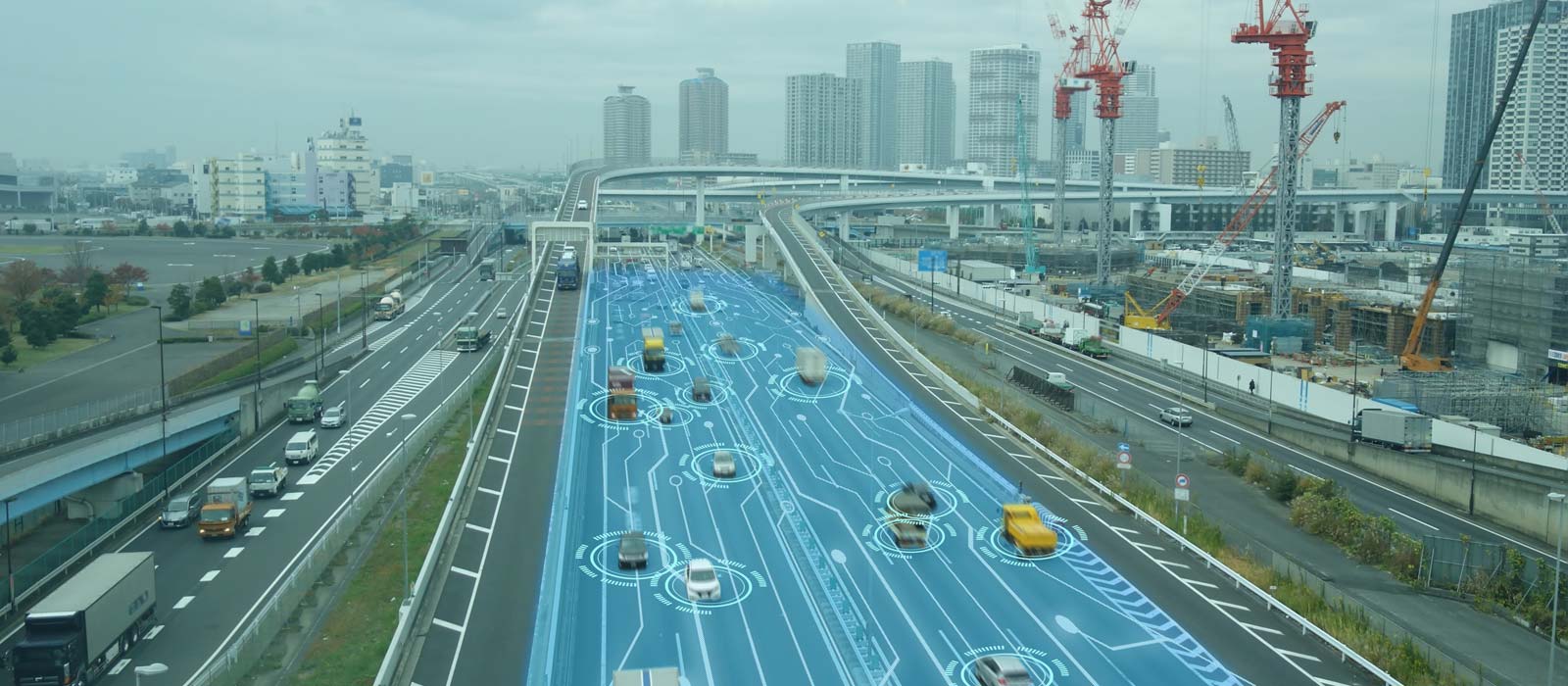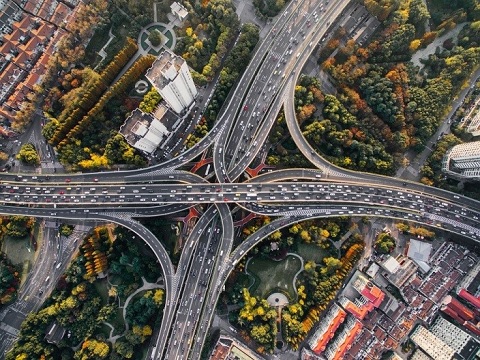
08 Nov Roads of the Future – How the IoT Will Change How We Travel
A 2016 survey revealed that the average American spends more than 200 hours on the road driving. Research director from the AAA Foundation for Traffic Safety, Jurek Grabowski states that this is equivalent to seven 40-hour weeks at the office. Since we spend so much of our lives on the road, companies are developing more efficient ways to travel. The Internet of Things (IoT), along with big data and artificial intelligence, are the key areas where the biggest advances are being made. They have already started making an impact in other industries such as financial services and manufacturing, through smart cash points and embedded devices.
The IoT is at the forefront of innovations in road and transport, with Carlo Ratti, of Carlo Ratti Associati, looking to create a smart highway program that can gather environmental and traffic data over a span of 1,500 miles. Ratti’s team aims to reimagine streetlights as a nest for drones that can send text messages to oncoming vehicles and warn them of any road accidents or heavy traffic. This has the potential to turn a highway into a real-time information network like Waze.
In the future, it will be possible for roads to generate power from passing traffic. R&D Magazine report that engineers from Lancaster University in the UK, are looking to integrate smart materials into road construction. Materials like ‘piezoelectric’ can be embedded in road surfaces to harvest and convert vehicle vibration into electrical energy. The engineers estimate that if two to three thousand cars pass in an hour, it can generate around one to two megawatts per kilometer. This amount of energy should be enough to power up to 4,000 street lamps.
Soon enough, more vehicles will incorporate the IoT and more roads will be designed to support smart cars, which will completely revolutionize how we travel. Medium has a list of connected car trends you might see in the near future. This includes AI interfaces, which can serve as a virtual assistant that responds to voice commands and effectively help drivers navigate roads. Vehicle-to-vehicle connectivity, telematics, and autonomous vehicles are also a few of the most talked about trends. Although the first driverless cars are yet to hit the road, many commercial vehicles are already using the IoT to track and improve delivery times.
The best example of this is in the trucking industry. The Federal Motor Carrier Safety Administration mandated that commercial vehicle carriers must use Electronic Logging Devices (ELDs) to record a driver’s duty status. The field service management page on Verizon Connect details how commercial drivers are now linked to their workplace through smart devices and automated reporting. This allows fleet companies to easily monitor their drivers in order to schedule their work times more accurately, which saves on time and fuel. This can save hours of wasted time and generate billions of dollars because of increased efficiency and productivity. This same connected smart tech will form the foundation of smart roads in the future when personal vehicles are also linked to an IoT network.
These current positive results are the reasons why more and more tech companies are in the race to create smarter roads and vehicles.
Written exclusively for MicroAI by: Sienna Sommers

